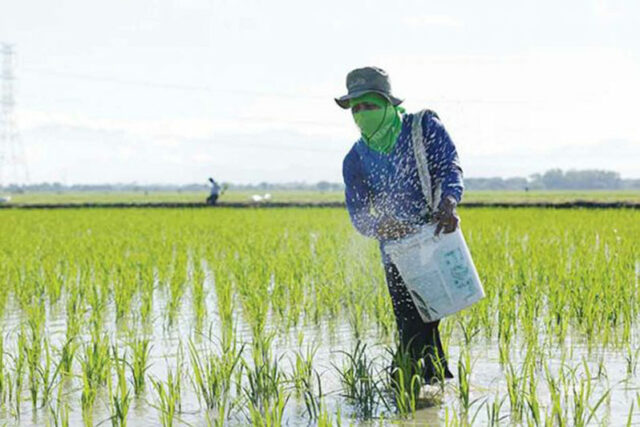The psychology of buying during this season
The average amount that Americans anticipate spending on Christmas or other holiday gifts this year is $975, more than $100 above consumers’ estimated Christmas spending from the previous year, according to a Gallup poll conducted in November of 2023.
On the other hand, 55% of Filipino respondents to a Rakuten Insight study from November 2023 said they planned to or had already spent less money on holiday shopping than they had the year before.
But a study by Wonderflow revealed that consumers plan to shop more online this festive season while demanding free and faster shipping, apart from spending across diverse product categories.
The psychology of spending and buying during the Christmas season is a fascinating topic that delves into the intricate interplay between consumer behavior, emotional triggers, and societal influences. This festive period is marked by a unique set of psychological factors that drive individuals to engage in heightened shopping activities, making it a crucial time for retailers and marketers to understand and capitalize on these dynamics.
One prominent aspect of Christmas shopping psychology is the emotional connection to the holiday season. Research has shown that individuals often associate Christmas with positive emotions such as joy, nostalgia, and a sense of togetherness. This emotional backdrop creates an ideal environment for retailers to leverage emotional marketing strategies. For example, advertisements featuring heartwarming family scenes, festive decorations, and gift-giving moments can evoke strong emotional responses, influencing consumers to make purchasing decisions driven by sentiment rather than purely rational considerations.
Moreover, the concept of reciprocity plays a significant role during Christmas shopping. The tradition of gift-giving is deeply ingrained in the cultural fabric of Christmas, and individuals often feel compelled to reciprocate gestures of generosity. Studies, such as one conducted by psychologists Gouldner and Cialdini, have explored the powerful influence of reciprocity on social behavior. Retailers tap into this psychological principle by promoting special holiday offers, discounts, and exclusive deals, creating a sense of indebtedness that encourages consumers to make purchases.
Social influence is another key factor shaping Christmas shopping behavior. As people witness friends and family participating in the holiday shopping frenzy, a social norm develops around gift-giving and festive purchases. The fear of missing out (FOMO) can drive individuals to conform to these societal expectations, leading to increased spending. Social media platforms amplify this effect, as individuals share their holiday shopping experiences, creating a virtual shopping community that further reinforces the collective excitement surrounding Christmas purchases.
The scarcity principle also comes into play during the Christmas season. Limited edition products, exclusive holiday collections, and time-limited promotions create a sense of urgency, prompting consumers to act quickly to secure these special items. This psychological tactic, rooted in the work of psychologist Robert Cialdini, exploits the fear of missing out and stimulates impulsive buying behaviors. Retailers strategically use scarcity to not only drive sales but also to enhance the perceived value of their products during the festive period.
In addition to emotional triggers and social influences, the psychology of Christmas shopping is influenced by the perception of tradition and ritual. The act of buying and exchanging gifts has become a deeply ingrained tradition associated with the holiday season. Psychologist Ronald Goldstein’s research on the psychology of rituals highlights the significance of repetitive, symbolic actions in reinforcing social bonds and creating a sense of continuity. Christmas shopping, with its annual recurrence and adherence to established customs, taps into this psychological need for ritualistic behavior, making it a fulfilling and meaningful activity for many.
The influence of cognitive biases on Christmas shopping decisions cannot be overlooked. The endowment effect, where individuals ascribe higher value to items they own, is particularly relevant during gift shopping. Consumers may perceive a gift as more valuable simply because it is intended for someone else, leading to increased spending on presents. Furthermore, the anchoring bias, where individuals rely heavily on the first piece of information encountered (such as an initial price point), can impact decision-making during the holiday sales season. Retailers strategically set initial high prices for products, only to later offer discounts that create a perception of a significant bargain, influencing consumers to make purchases they might not have considered otherwise.
In conclusion, the psychology of buying during the Christmas season is a multifaceted interplay of emotional triggers, social influences, traditions, and cognitive biases. Understanding these psychological factors allows retailers and marketers to craft effective strategies that resonate with consumers during this festive period. By tapping into the emotions associated with Christmas, leveraging the principles of reciprocity and scarcity, and aligning with established traditions, businesses can create compelling narratives that drive consumer engagement and boost sales during this merry time of the year.
The views expressed herein are his own and does not necessarily reflect the opinion of his office as well as FINEX.
Reynaldo C. Lugtu, Jr. is the founder and CEO of Hungry Workhorse, a digital, culture, and customer experience transformation consulting firm. He is a fellow at the US-based Institute for Digital Transformation. He is the Chair of the Digital Transformation IT Governance Committee of FINEX Academy. He teaches strategic management and digital transformation in the MBA Program of De La Salle University. The author may be e-mailed at rey.lugtu@hungryworkhorse.com















